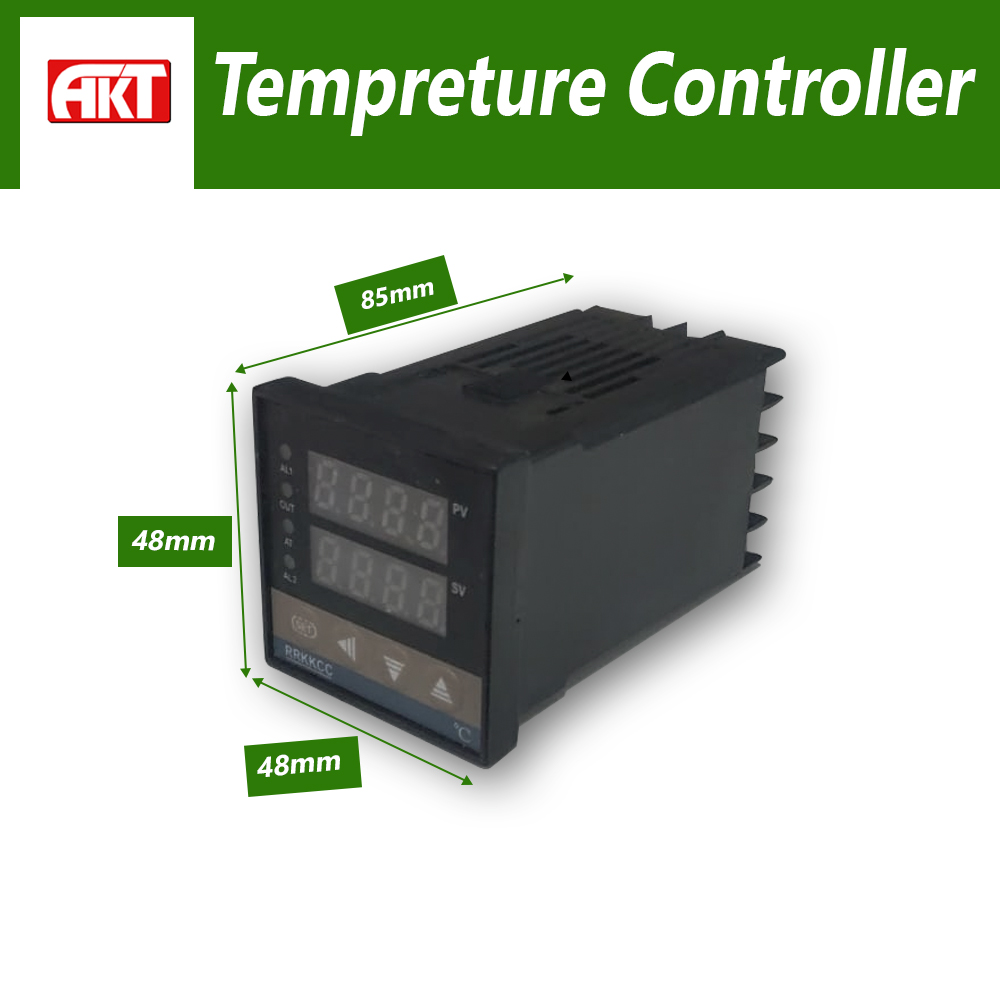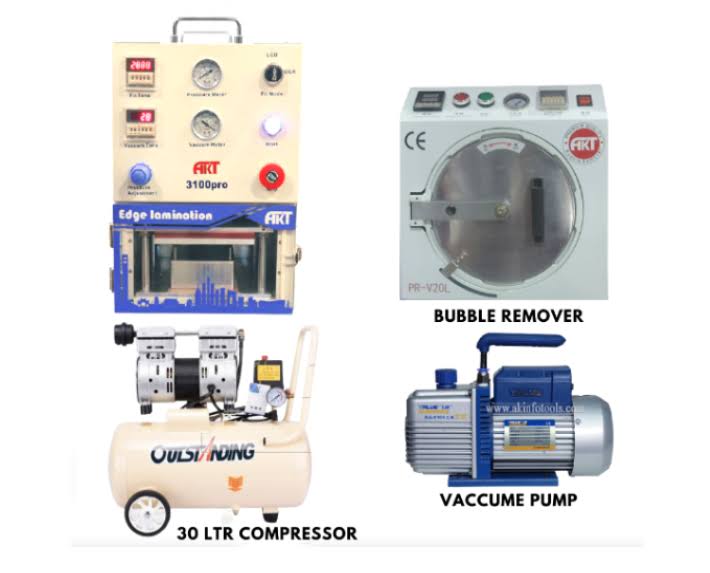TEMPERATURE CONTROLLER
A temperature controller is a device used to control the temperature of a system or process within a desired range by automatically adjusting heating or cooling elements.
Description:
-
Temperature Sensing: Temperature controllers typically use temperature sensors, such as thermocouples or resistance temperature detectors (RTDs), to measure the temperature of a system or environment.
-
Setpoint: The setpoint is the desired or target temperature that the controller aims to maintain. The user or system operator sets the setpoint based on the desired temperature range.
-
Control Algorithm: Temperature controllers employ control algorithms to adjust heating or cooling elements based on the difference between the current temperature and the setpoint. Common control algorithms include proportional-integral-derivative (PID) control.
-
Output Control: Temperature controllers control heating or cooling devices, such as heaters, chillers, or fans, to maintain the temperature at or near the setpoint.
-
Applications: Temperature controllers are used in a wide range of applications, including industrial processes, HVAC (heating, ventilation, and air conditioning) systems, food processing, chemical manufacturing, and laboratory equipment.
Packing Details:
- * 1xTEMPERATURE CONTROLLER




-
| Weight |
0.1 |
|---|





Customer Reviews
No Review Found